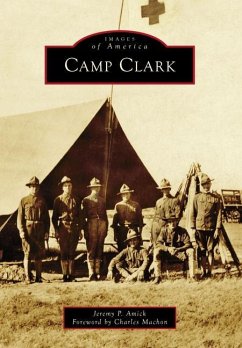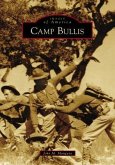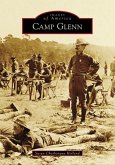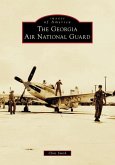In 1908, Camp Clark came into existence when it was established as the State Rifle Range in Nevada, Missouri, and quickly progressed into the primary marksmanship training and encampment site for the Missouri National Guard. On August 5, 1917, when the entire National Guard of the United States was drafted into federal service for World War I, the camp became a mobilization and early training site for more than 10,000 Missouri National Guard soldiers. With the passing of Brig. Gen. Harvey C. Clark, a beloved adjutant general, the location was officially renamed Camp Clark in his honor. Aviator Charles Lindbergh, who acquired worldwide fame for his transatlantic flight in 1927, spent time training at Camp Clark in the 1920s. During World War II, the camp fell under federal control and became an internment site for Italian and German prisoners of war. In the years after the war, the camp underwent various expansions but continues to serve as a training location for various Missouri National Guard units and, in recent years, has even been utilized for pre-mobilization training.
Hinweis: Dieser Artikel kann nur an eine deutsche Lieferadresse ausgeliefert werden.
Hinweis: Dieser Artikel kann nur an eine deutsche Lieferadresse ausgeliefert werden.








